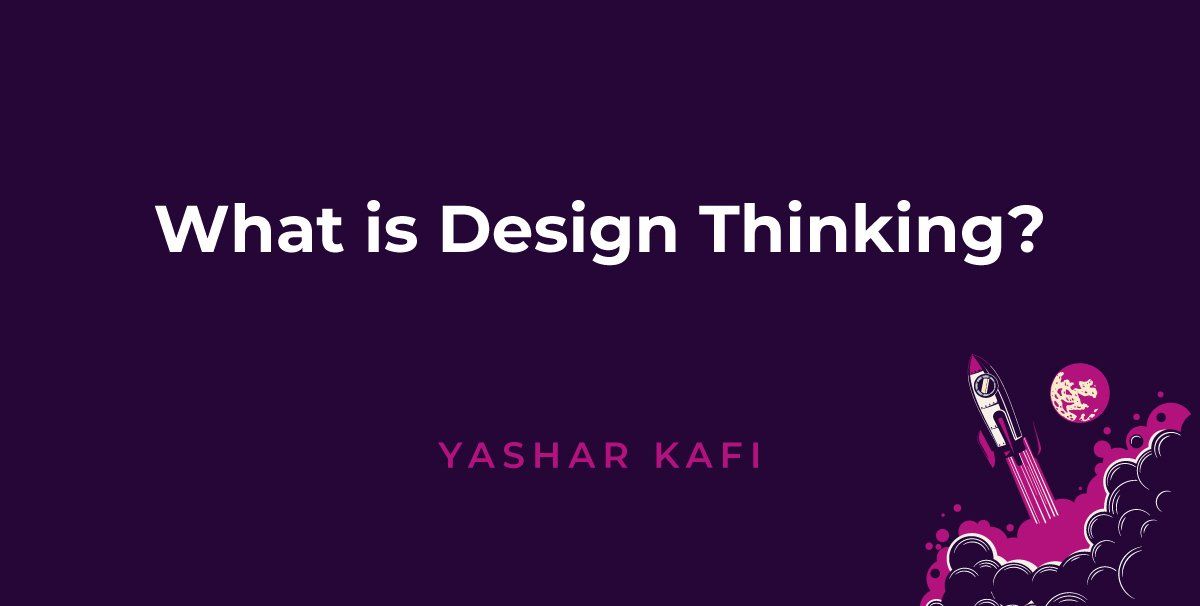What is Design Thinking?
An integral part of excellent leadership is constant improvement. If you’re a leader looking to add new leadership tactics to your team‘s bag of tricks, you may want to consider design thinking.
Assuredly, your next natural question will be: What is design thinking? According to the Interaction Design Foundation, design thinking is “a design methodology that provides a solution-based approach to solving problems.”
Why Design Thinking Works
It’s the age-old dilemma: We get new ideas, yet teams often can’t seem to find effective ways to apply them. The problem lies in people — our human biases and ingrained behaviors often prevent us from getting out of the box in our habits and actions.
Design thinking is the remedy. It helps people overcome this trapped in the box issue by unleashing their creativity.
But don’t just take my word for it. Stats prove that incorporating design thinking into the workplace has proven to be a resounding success. According to the experts at Experience Point, 71% of companies say design thinking has improved the working culture at their organizations, while 69% say it has made their innovation processes more efficient.
What Are the 5 Stages of Design Thinking?
What is known as the Five-Stage Design Thinking Model was initially proposed by the Hasso-Plattner Institute of Design at Stanford (also known as d.school), which is the leading university when it comes to teaching Design Thinking. According to these experts, the five stages of Design Thinking are: Empathize, Define, Ideate, Prototype, and Test. Let’s take a closer look at each.
Stage 1: Empathize Mode
The first step in the Design Thinking process is gaining a true and deep understanding of the problem you’re trying to solve. This process may involve everything from consulting with experts so you can learn new insights to firsthand observation. It can also include engaging and empathizing with various people to understand their firsthand experiences. Yet another facet of this mode is immersion, where you will actually place yourself in the physical environment in order to get a deeper personal understanding of all issues involved.
Stage 2: Define Mode
This stage is where you compile all of the information you’ve gathered during the Empathize stage, then analyze it in order to pinpoint the foundational problems that you and your team have uncovered thus far.
Stage 3: Ideate Mode
Now that the problem has been clearly identified, your team is ready to start coming up with new ideas. This process is far easier now because throughout the first stages you’ve come to understand your users and their needs better. You’re now ready to finally be able to think outside the box to come up with new solutions to the problem you’ve just defined.
Stage 4: Prototype Mode
Once you’ve brainstormed, your team will now choose the most promising ideas and produce a few inexpensive, scaled-down versions of the proposed product (solution).
Stage 5: Test Mode
At this point, your team will roll out the complete product and thoroughly test it using the best solutions that were discovered and decided upon during the prototype phase. This Harvard-named five-stage process may be lengthy and time-consuming, but it yields incredible results.
How Can Leaders Utilize Design Thinking in Talent Management?
The foundation of design thinking is its human-centred aspect — the empathy factor. Leaders can utilize design thinking in talent management by simply making it a priority to focus on your team — and each individual. After establishing what their specific needs are, meet them as best you can.
It may mean ensuring greater diversity in the workplace, offering more resources for mental health and physical wellbeing among your ranks, and beyond. Just as design thinking encourages you to do in all things, get creative in meeting these needs. I promise, you will see — and feel — the difference.
For more information, check out our blog covering a wide variety of subjects, or contact us today.




